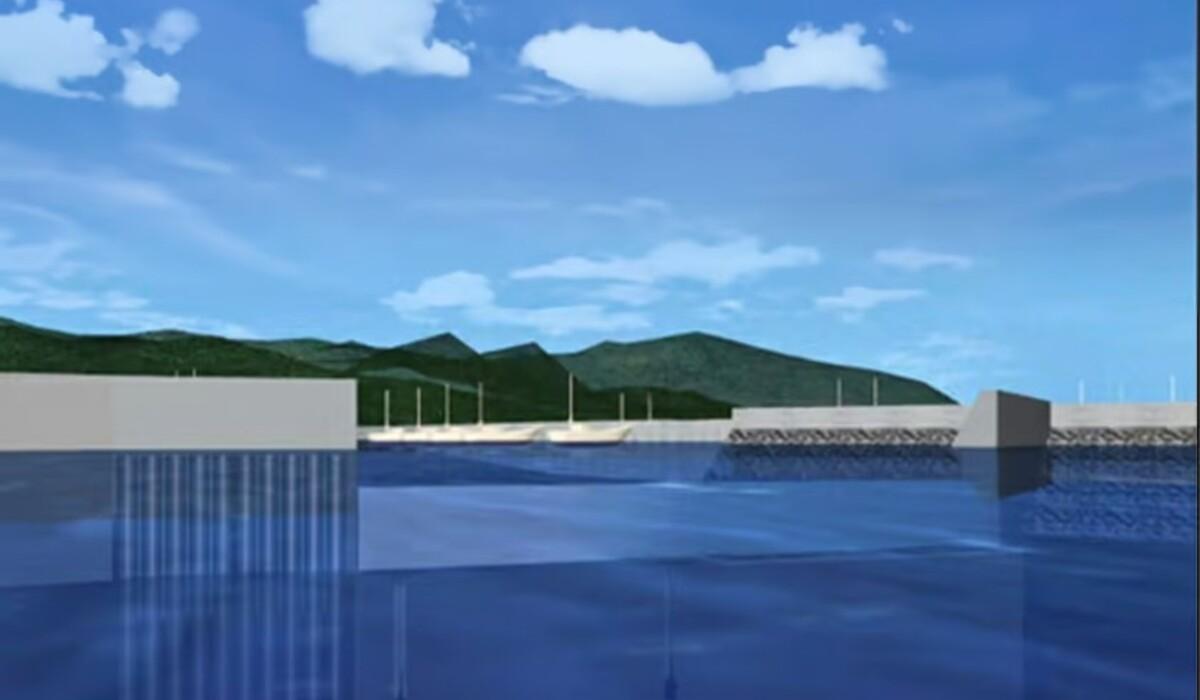Researchers from the Tokyo Institute of Technology have proposed a novel solution to the problem of self-deploying sea barriers losing power during disaster scenarios. In an attempt to address this issue, the team has put forth a new study suggesting the use of short, movable seawalls equipped with microtidal generators between them.
These generators can produce enough electricity to power the winches necessary for retracting the seawalls back into the sea bed, allowing the reopening of ports even in the absence of external power sources.

Tsunamis, though relatively infrequent, are immensely powerful and pose a significant threat, especially in regions like Japan, which experiences a disproportionate 20% of the world’s tsunamis. Traditional methods of protection involve large barriers buried in the sea floor around ports that can be raised quickly when a disaster is imminent. However, the challenge arises when these barriers need to be lowered again to reopen a port that may have lost power during the catastrophe.
The proposed solution involves the placement of movable seawalls with small gaps between them. These gaps house microtidal generator turbines capable of generating sufficient power to operate the winches required for retracting the seawalls. The system is designed to be self-sufficient, ensuring its functionality even in the absence of external power sources during disaster conditions.

Furthermore, when not in use for tsunami protection, the microtidal generators can generate up to 1,000 kWh of clean energy per tidal shift, contributing to the local energy supply. While not every port may be suitable for this technology, the researchers evaluated 56 Japanese ports and identified 23 that could generate enough power to retract the seawalls.
Interestingly, the researchers considered the possibility of using abundant power from the grid to lift non-buoyant seawalls to their full height before the arrival of tsunamis. This approach would allow gravity to retract the barriers afterward, potentially recovering some of the energy. However, the emphasis of the study is on the self-sufficiency of the proposed movable seawalls through the use of on-site microtidal generators.
Ports such as Fukuyama and Himeji exhibit great potential for generating surplus energy, which could be harnessed for nearby major industrial hubs. The researchers believe that if the technology proves successful under the harsh conditions of Japanese disasters, it could be exported and deployed overseas as an innovative disaster prevention technology, marking a significant advancement in safeguarding coastal areas from the devastating impact of tsunamis.


